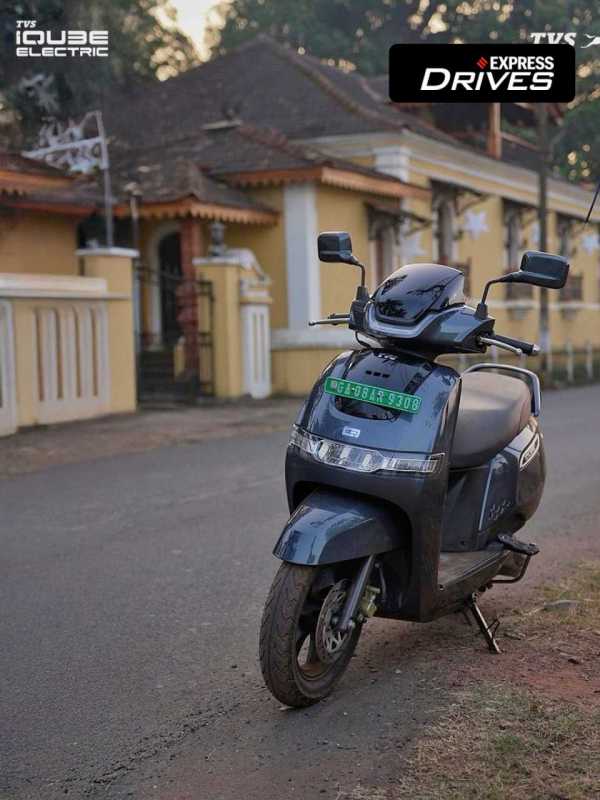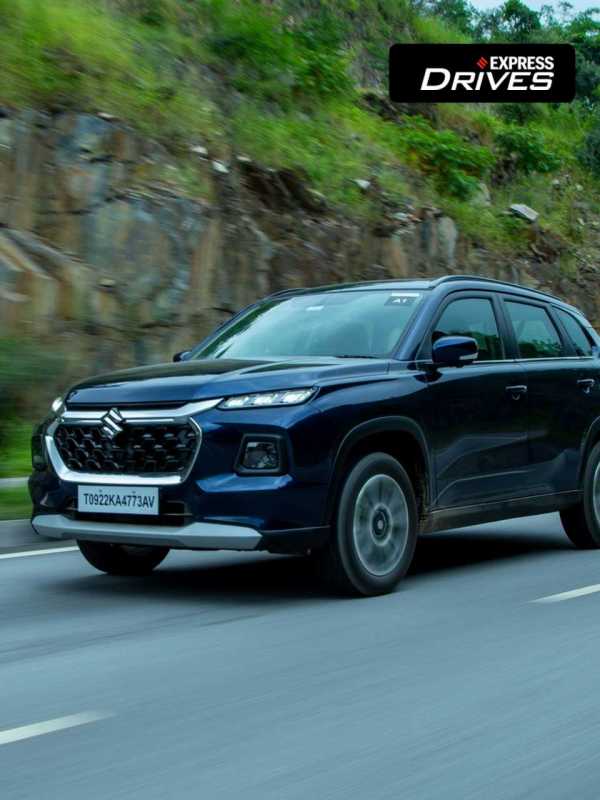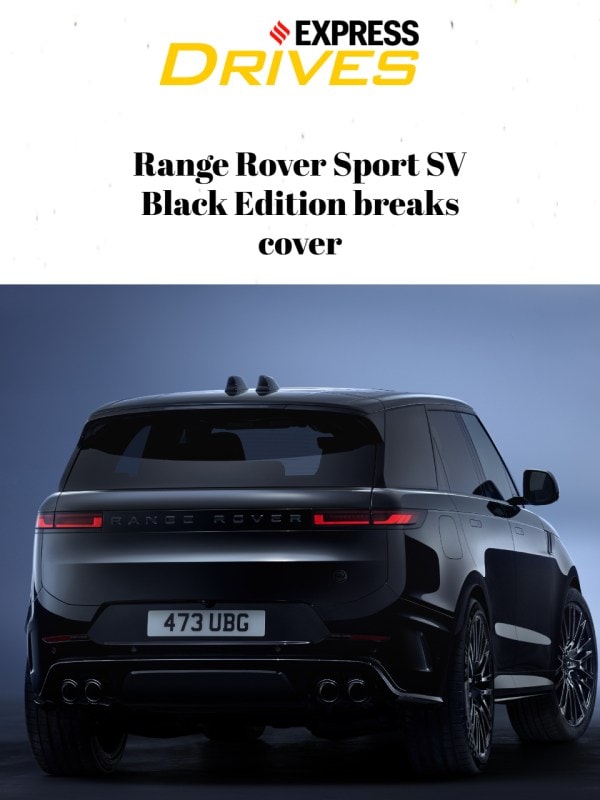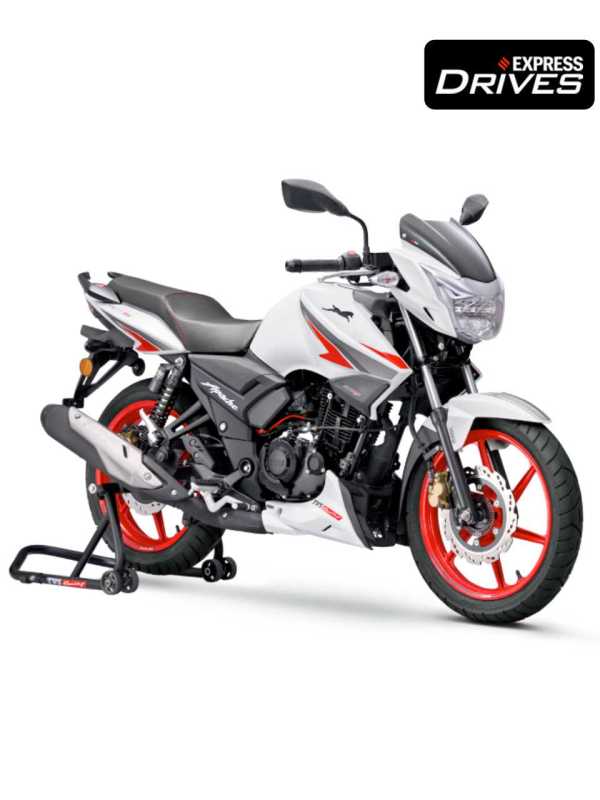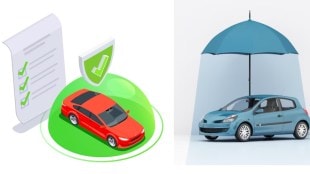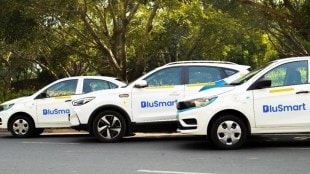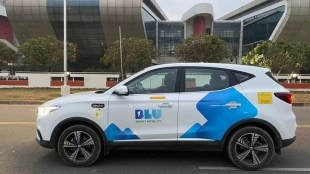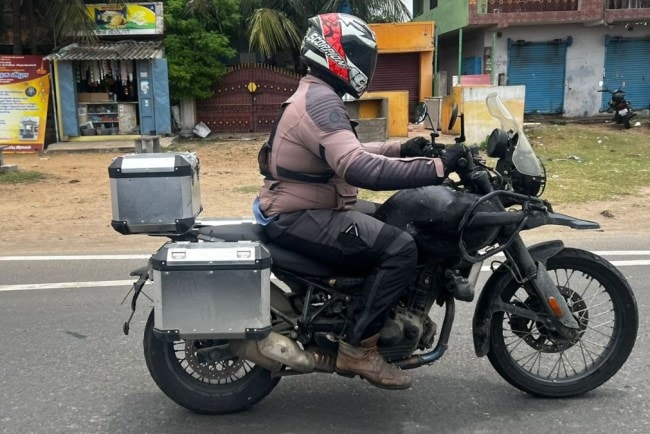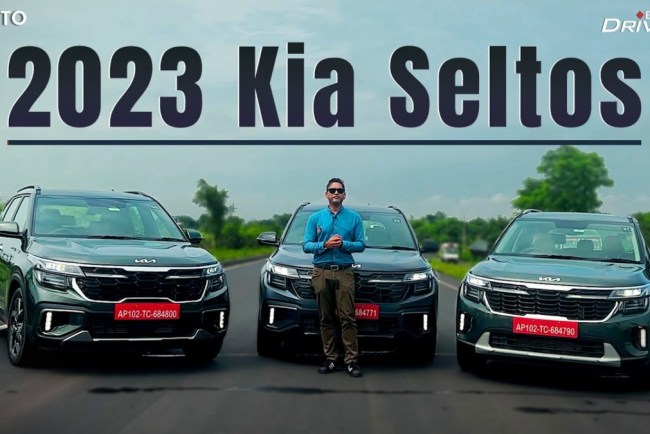By Anurag Singh & Dilip Chenoy
Electric Vehicle (EV) retrofitting stands at a pivotal juncture in the landscape of urban transport, poised to play a substantial role in shaping sustainable city commutes. Amidst intensified global efforts to offset climate change and curb vehicular emissions, retrofitting presents itself as an actionable bridge to a full-fledged EV future. It offers a pragmatic and immediate solution—converting the current fleet of ICE vehicles to electric, thereby reducing emissions in line with India’s climate action commitments outlined in the Paris Agreement. As of 2023, the global retrofit vehicle market is estimated to be valued at $65.94 billion and projected to reach $125.37 billion by 2032 with a noteworthy CAGR of 7.40%.
Aligned with the “Principles On Financing Cities of Tomorrow: Inclusive, Resilient, and Sustainable,” established by the G20, EV retrofitting is identified as a strategic enabler. Retrofitting enhances vehicle life, minimises operational costs, and upholds India’s dedication to a resilient green economy. A key proposition of retrofitting lies in its swift recuperation of investment, notably faster than acquiring new electric counterparts. This facet renders retrofitting a financially astute move, especially for fleet operators managing large numbers of vehicles.
The fiscal advantages gained through retrofitting are particularly stark within the heavy-duty vehicular sector. Retrofitting trucks not only presents a 24% reduction in Total Cost of Ownership (TCO) compared to new electric models, but it also brings a 29% reduction in TCO for buses —an appealing prospect. Retrofitting supports the circular economy by prolonging the usability of significant materials and energies already invested in vehicle manufacturing. Specifically, retrofitting a single truck reuses 3.5 tonnes of steel and saves approximately 5.25 tonnes of CO2 emissions. When scaled to 1,000 trucks, this results in a total CO2 emission saving of 5.25 kilotons.
EV retrofitting adoption in the SRTU
The adoption of EV retrofitting holds transformative implications for State Road Transport Undertakings (SRTUs), the entities at the helm of public transportation in India. SRTUs operate large fleets of buses that serve millions daily, and retrofitting these vehicles offers a direct route to reduce carbon emissions and align with national sustainability goals. By integrating retrofit initiatives, SRTUs can lead by example, demonstrating a substantial commitment to combating urban pollution and fostering a cleaner environment.
Financially, retrofitting holds particular allure for SRTUs by enabling them to leverage existing assets while deferring the substantial expenditures associated with procuring new EVs. Converting diesel-powered buses to electric can translate into operational cost savings, reduction in greenhouse gas emissions, and an extension of vehicle lifespan by an additional 8 to 10 years. A significant metric supporting this transition is the potential annual fuel savings that can offset the retrofitting costs within 4 to 5 years, establishing a stronger case for retrofit compared to the longer investment recapture time frame of new electric buses.
In practice, retrofitting could rejuvenate aging fleets, often prematurely relegated to the sidelines due to stringent emission standards and regulations. By retrofitting, SRTUs gain flexibility in managing fleet operations while adhering to environmental norms, thereby avoiding the complete write-off of their invested capital in existing buses. Moreover, this practice dovetails with the global movement for sustainable public transportation systems, as it promotes the use of cleaner energy sources, contributing to the overall reduction of urban vehicular pollution.
Policy Intervention
As India steers towards an EV future, strategic policy interventions can significantly amplify the shift to sustainable transportation through electric vehicle retrofitting. The inclusion of retrofitting incentives within the FAME III scheme can be transformative, especially for operators managing heavy-vehicle fleets. Subsidies tied to Domestic Value Add (DVA) criteria, alongside an interest subvention framework providing favourable loan interest rates, could remove financial barriers, championing the retrofit of trucks, buses, and smaller vehicles with electric powertrains. Additionally, retrofitting should be exempted from stringent scrappage policies, allowing older yet serviceable vehicles to continue operation post-conversion, aligning with environmental goals without necessitating vehicles’ premature exit from the roads.
Revising the Goods and Services Tax (GST) rates to equate retrofitting kit and batteries used for swapping purposes with EVs at a minimised rate of 5% could precipitate a drastic reduction in conversion costs, inciting widespread adoption. State-specific policies that emulate advancements like those seen in Delhi and Telangana will ensure a cohesive national push towards retrofitting, granting older vehicles a new electric lease on life.
By combining retrofitting practices with forward-looking policy reforms and a supportive market environment, India can ride the crest of the electric wave confidently.
The authors are Managing Director, Primus Partners &, Chairman, Bharat Web3 Association
Disclaimer: The views and opinions expressed in this article are solely those of the original author. These views and opinions do not represent those of The Indian Express Group or its employees.






